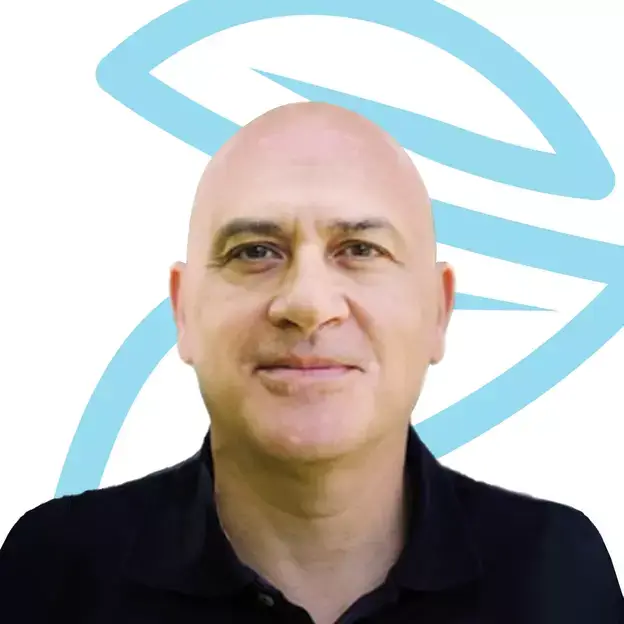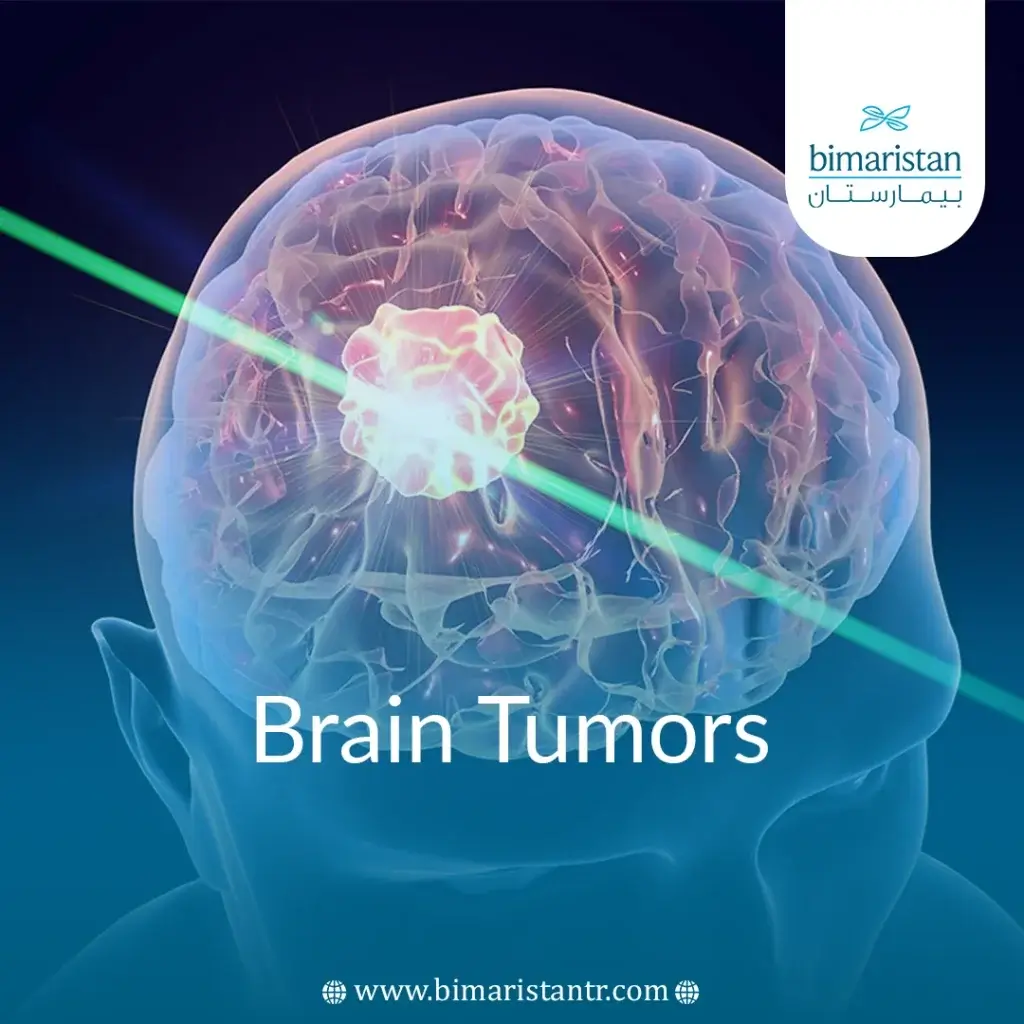Brain tumors treatment remains one of the most complex medical challenges for patients and healthcare providers globally, with over 300,000 new cases diagnosed annually. The diversity in tumor types and grades adds to the complexity, requiring personalized treatment plans and a range of therapeutic options.
In recent decades, treatment methods have evolved to include microsurgery, radiation therapy, and targeted drug therapies, and the success of treatment depends largely on early diagnosis and determining the most appropriate approach for each case.
What are brain tumors?
A brain tumor (brain tumor) is a mass or growth of abnormal cells in the brain. There are different types of brain tumors:
- Non-malignant brain tumors (benign tumors): The tumor does not contain cancer cells, and once removed, they very rarely grow back.
- Cancerous brain tumors (malignant tumors): These tumors grow very quickly and attack surrounding tissue, and can be life-threatening.
The rate at which brain tumors grow varies widely, and the location and size of the brain tumor determine how it will affect the function of your nervous system.
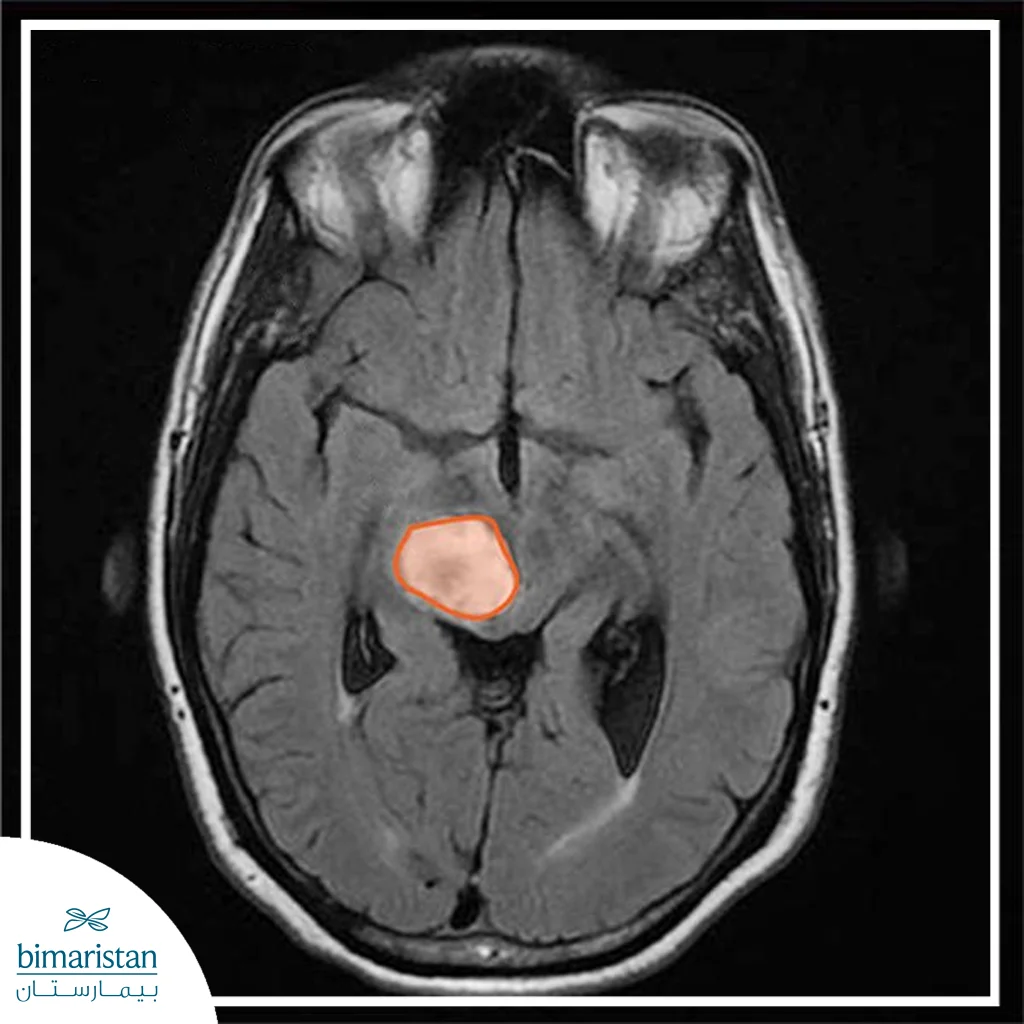
What are the causes of brain tumors?
Brain tumors arise for many and varied reasons, and there is often no single cause that leads to the emergence of these cancers, as a number of genetic and environmental factors may combine with each other, leading to a malfunction in the genes of central neurons, and the most important reasons include:
- Gene mutations: Changes in DNA lead to abnormal growth in brain cells.
- Age: The likelihood increases with age, although some tumors also affect children.
- Radiation exposure: Previous radiation therapy to the head or exposure to high levels of radiation increases the likelihood of tumors forming.
- A weakened immune system: People with immunosuppressive diseases or taking immunosuppressive medications are more susceptible.
- Environmental and occupational factors: Continued exposure to chemicals or carcinogens may play a role, although the scientific evidence is still inconclusive.
- Family heredity: Some rare genetic syndromes may play a role in brain cancers (Li-Fraumeni syndrome, Turcot syndrome).
What are the symptoms of brain tumors?
There are a variety of symptoms that indicate the possibility of a brain tumor, which may include the following:
- Unexplained symptoms such as vomiting or nausea
- Progressive and recurring symptoms such as headaches
- Motor symptoms such as a gradual loss of sensation or movement in an arm or leg or loss of balance
- Psychological symptoms such as changes in personality or behavior, discomfort, and confusion in daily life
- Sensory symptoms such as hearing and vision issues (blurred vision, double vision, or loss of peripheral vision)
How are brain tumors diagnosed?
If you have symptoms and suspect you have a brain tumor, your doctor may recommend a number of tests and procedures:
- Neurological examination: This may include testing of vision, hearing, balance, coordination, and reflexes, among other tests. Problems in any of these areas are indicators of which area of the brain has been affected by the tumor.
- Imaging tests: Magnetic resonance imaging (MRI) helps detect a brain tumor.
- Tests to check for tumors or cancer in other areas of the body: Your doctor may recommend tests and procedures to localize the tumor. For example, using computerized tomography (CT) or positron emission tomography (PET) scans to look for signs of lung cancer.
- Collecting and examining a sample of abnormal tissue from the tumor (biopsy).
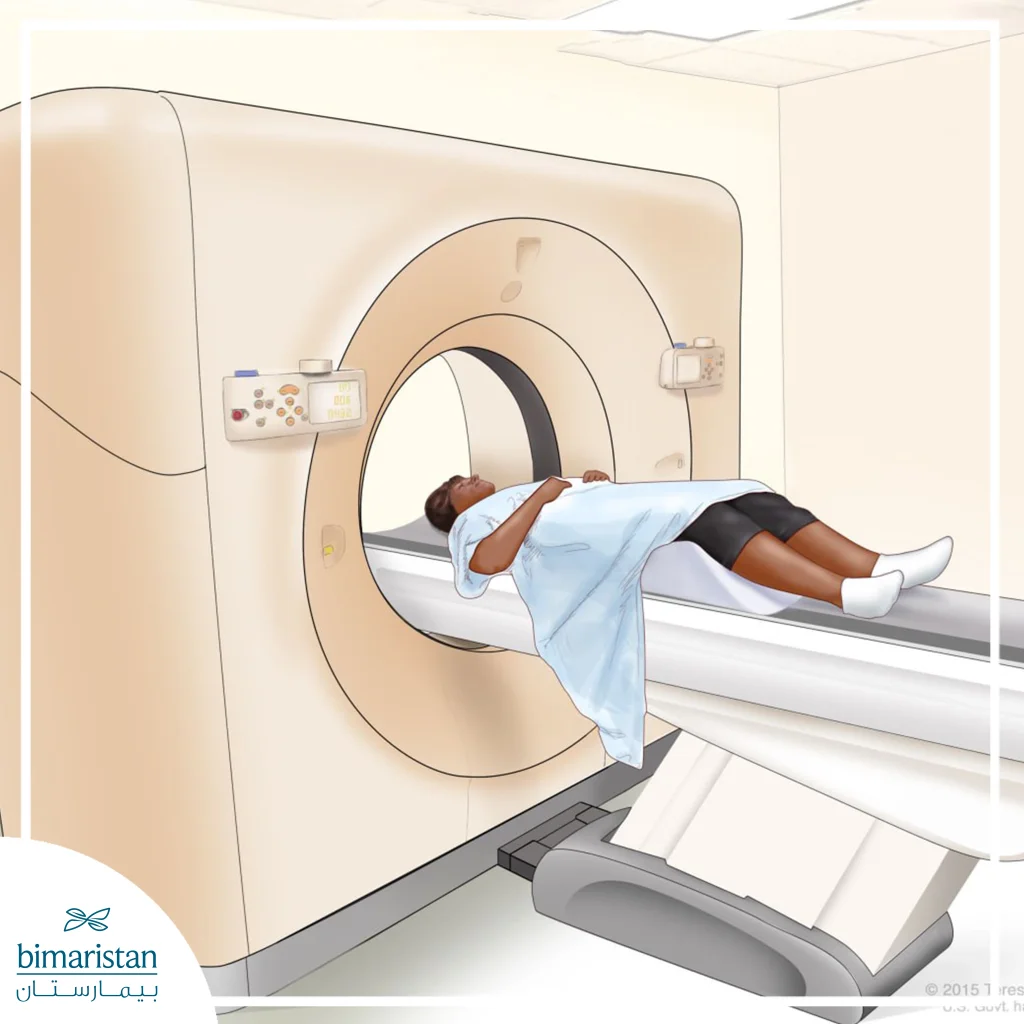
What are the stages of brain tumor growth (brain cancer grades)?
- Stage 1: Benign brain tumor.
- Stage 2: Malignant brain tumor.
- Stage 3: Malignant brain tumor with tissue that looks very abnormal and is actively growing (metastatic).
- Stage IV (final stage): The malignant tissue contains tissue that looks abnormal and tends to grow rapidly.
Brain tumors treatment
There are three types of brain tumors treatments: Brain surgery, radiation therapy, and chemotherapy.
Choosing an effective treatment depends on:
- Brain tumor type, grade, location, and size
- Patient’s age and general health
The doctor can explain the expected results and possible side effects of brain tumors treatment, as these treatments can sometimes affect the surrounding healthy tissues, so the patient is advised to discuss the symptoms that may occur after treatment and how they may affect their daily activities, which helps the doctor to develop a personalized treatment plan that suits their medical and personal needs. Brain tumor treatment involves a multidisciplinary team that includes neurologists, neurosurgeons, neuro-oncologists, radiation therapy and neuroradiology experts.
The team may also include support staff such as nurses, nutritionists, psychosocial health specialists, physical, occupational, speech, and rehabilitation therapists to ensure comprehensive care that covers the medical, physical, and psychological aspects of the patient.
Treating brain tumors with surgery
Surgery is the first treatment option in most cases of brain tumors. The operation in which the skull is opened to remove the tumor is called a craniotomy, where the surgeon makes an incision in the tumor site and may remove part or all of it. Sometimes the operation is performed while the patient is awake to assess their ability to count, speak, or move limbs, which helps protect vital areas of the brain during the intervention.
However, surgical removal may not be possible if the tumor is in sensitive locations such as the brain stem or areas that are difficult to reach without damaging healthy tissue, in which case a biopsy may be performed using a needle guided through a small hole in the skull, with the help of CT or MRI techniques, known as stereotactic biopsy or stereotactic therapy.
There are also advanced techniques used during tumor resection, such as brain mapping to identify functional centers, endoscopy to perform biopsies or open pathways for cerebrospinal fluid through a small incision, as well as computer-guided stereotactic surgery techniques.
Recovery after surgery varies from person to person depending on the state of health and the strength of the immune system, and the patient may feel tired, headache or weakness in the first days after the operation, and the removal of the tumor may lead to side effects such as difficulties in thinking, speech, vision or even changes in behavior, and these symptoms often improve gradually, but in some cases they may remain permanent, requiring resort to rehabilitation such as physical therapy, speech therapy or occupational therapy.
Treating brain tumors with radiation
Brain tumor radiation therapy kills brain tumor cells with high-energy X-rays, gamma rays or protons, and sometimes, patients who cannot tolerate medical surgery to remove tumors undergo radiation therapy instead.
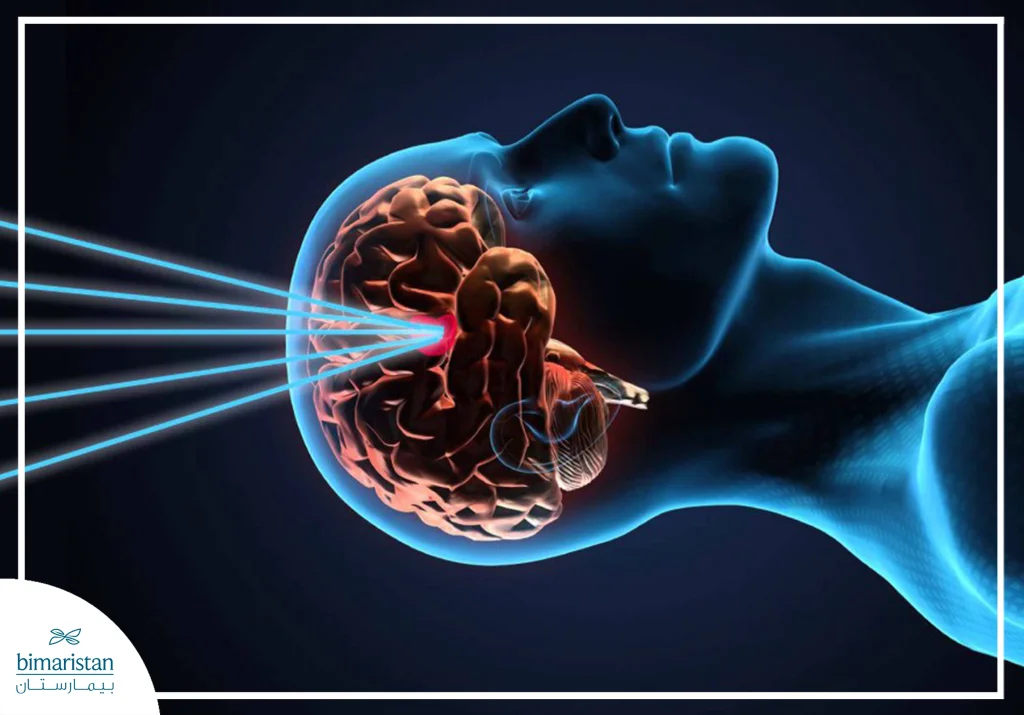
Specialists use external and internal types of it to treat brain tumors:
External beam radiation therapy to the brain
A large machine outside the body directs beams of radiation to either the entire brain or certain parts of the brain. Some people need radiation directed to the spinal cord as well. Brain tumors treatment with fractionated external beam radiation, given in small doses or fractions of radiation once a day, is the most common method for people with brain tumors.
Treating brain tumors with a full dose of radiation over a period of weeks helps protect healthy areas of the brain; a typical visit takes less than an hour, and each treatment takes only a few minutes.
Some medical centers are studying other ways to treat brain tumors with external beam radiation:
- Intensity-modulated radiation therapy (IMRT) or 3-D: This uses computers to target tumors more closely to minimize damage to healthy tissue.
- Treatment of tumors with proton beam radiation: The source of the radiation is protons rather than X-rays, where the doctor directs the proton beam towards the tumor so that the dose to the normal area of the proton beam is lower than the dose of the X-ray beam.
- Stereotactic radiation oncology: Narrow beams of X-rays or gamma rays are directed at the tumor from different angles. In this procedure, you wear a rigid head frame that can be given during a single visit or over several visits.
Treatment with internal radiation (brachytherapy):
This type of treatment is not commonly used for brain tumors and is under study. The radiation comes from a radioactive substance contained in tiny implants called seeds. The seeds are placed inside the brain and shoot radiation toward the tumor, where the radiation spreads for several months. Some people have no or few side effects after brain tumor treatment, and in rare cases, the patient may develop nausea and feel very tired after each radiation treatment directed at the tumor. Rest is important, but the medical team often advises their patients to try to stay as active as possible.
Treatment of brain tumors with external beam radiation usually causes hair loss from the treated part, but the hair grows back within a few months, and the skin of the scalp and ears may become red, dry and painful, and the doctor can suggest ways to relieve and treat these symptoms. Sometimes radiation therapy for brain cancer causes the tissues in the tumor to swell and can sometimes kill healthy brain tissue, and you may have a headache or feel stressed, but this can be reduced by taking medication.
For children, this damage can cause difficulty in learning or slow growth and development. For adults, radiation therapy can damage the pituitary gland and other areas of the brain, and for children, this damage can cause difficulty in learning or slow growth and development. Moreover, it increases the risk of secondary tumors later in life.
Chemotherapy for brain tumors
Doctors usually treat some brain tumors with medications to kill the cancer cells. Medications can be given in the following ways:
- Oral or intravenous (IV) therapy: Chemotherapy can be given during and after radiation therapy, as the drugs enter the bloodstream and travel throughout the body. They can be given on an outpatient basis in a hospital, in a doctor’s office, or at home, and rarely need to be hospitalized. Side effects of chemotherapy depend mainly on which drugs are given and how much is given. Common side effects include vomiting, loss of appetite, headache, fever, chills, and weakness, and some of these side effects are relieved by taking medication.
- Treatment with chips placed in the brain: For some adults with high-grade glioma, several chips are implanted in the brain, each about the size of a dime, and over several weeks, the chips dissolve and release medication into the brain.
Treating brain tumors is a medical challenge that requires a combination of expertise and modern techniques to achieve the best possible results. With medical advances, recovery rates are better than ever before. In Turkey, there are advanced medical centers that provide comprehensive patient care at the highest international standards. Bimarestan Medical Center is one of the trusted destinations that combines expertise and professionalism to provide the best treatment opportunities
Sources:
- Nabors, B., et al. (2023). NCCN Clinical Practice Guidelines for Central Nervous System Cancers. Journal of the National Comprehensive Cancer Network, 21(5.5), 583-657.
- Mansour, A., et al. (2023). The complexities of treating brain and spinal cord tumours. PLOS ONE, 18(1), e0280181.
